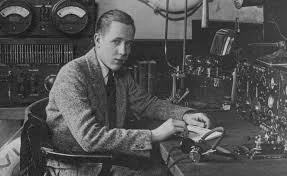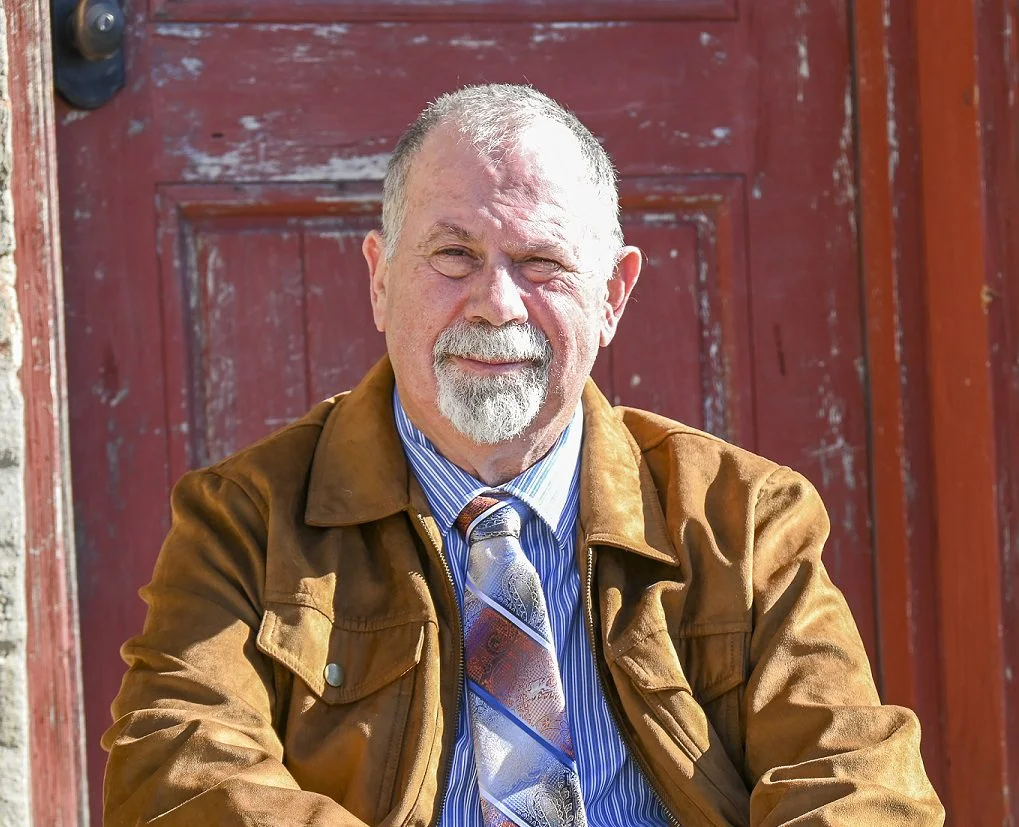Brown’s Breakthrough Patents – At a Glance
Brown’s breakthrough patents offer a window into a body of work that shaped the future of advanced propulsion. From his early experiments in gravitation-based thrust to later electrokinetic generators, Townsend Brown’s relentless innovation paved the way for discoveries that are only now being understood. His progression from lead plates to barium titanate and from flat gravitators to asymmetric flying disks showcases a mind far ahead of its time. These evolving patents continue to spark curiosity in researchers, engineers, and inventors who see the untapped potential in his designs.
Read time: 6 minutes
Introduction
Speculation and secrecy have long surrounded the work of Townsend Brown. As an outsider exploring forces not yet accepted by mainstream science, Brown drew curiosity, criticism, and eventually, quiet respect. His early patents lit the path for decades of investigation into the connection between high-voltage fields and motion. But the story doesn’t end with his first gravitator. In fact, that was just the beginning.
Beyond the First Patent

After filing British Patent 300,311, Brown didn’t stop experimenting. He dug deeper into materials, form, and function. In those early days, he used lead plates in his gravitators, but his later work brought in lighter, more effective conductors like aluminum and copper. Brown also pushed beyond the basics of dielectric materials, exploring advanced organics like Mylar, Bakelite, polystyrene, and ceramics.
One standout was barium titanate. Its exceptional dielectric constant and ability to filter frequencies made it a preferred material in several later designs. These choices reflected not just curiosity but strategic refinement, allowing his devices to carry stronger electrostatic charges and, by extension, potentially generate greater thrust.
The Shift to Electrokinetic Designs
The development of US Patent 1,974,483 marked a turning point. Here, Brown moved away from his multiplate gravitator and introduced a single-cylinder capacitor. This design also included spaced electrodes and a new layout involving electrokinetic motors. The innovation didn’t stop there. Brown introduced a metal conducting plate driven by electrogravitic capacitors, allowing stored charges to induce rotation and movement, effectively creating a working electrokinetic motor.
This patent provided detailed schematics for building an electrostatic generator, giving fellow researchers blueprints to follow. It was clear: Brown was no longer just experimenting. He was engineering.
Asymmetry and Aerodynamic Vision
By the late 1940s and early 50s, Brown’s work took another leap forward. Gone were the rectangular and cylindrical shapes of his earlier capacitors. He turned instead to circular disks and curved, arcuate electrodes. The change wasn’t just for form; it was for function. With new dielectric coatings and improved spacing, these disks generated higher charges, resulting in enhanced thrust from the rear.
The work culminated in US Patent 2,949,550, a design so promising that it caught the attention of the U.S. Air Force. During the Winterhaven Project, which remained classified for years, Brown’s flying capacitors reportedly reached speeds over 35 feet per second. Once those speeds increased, the project’s classified status signaled a shift: this wasn’t fringe science anymore.
Charging the Future
In US Patent 3,022,430, Brown described a two-part electrokinetic generator that marked a major leap forward. Part one of the system generated extremely high voltages, while part two introduced a method to charge a series of capacitors across long distances without using wires. What made this truly revolutionary was Brown’s use of burning fuel, such as jet fuel, kerosene, and other combustibles, to ionize gas in the generator’s exhaust stream. This setup produced a stream of highly charged electrons, a concept both elegant and efficient.
Brown didn’t stop with fuel-based ionization. He also experimented with CO₂ gas, discovering its unique ability to enhance charge accumulation in the capacitor plates of his electrokinetic generator. These advancements enabled long-distance power transfer, offering a potential alternative to the transformer-based systems of the time.
To lower voltage safely for use in different applications, Brown implemented a rotating distributor. It channeled the high-voltage DC current into a carefully rated series of capacitors, each tapping off power without the need for conventional step-down transformers. This approach echoed ideas Nikola Tesla once explored with alternating current, but Brown applied them in a whole new context, focused on direct current propulsion and wireless power.
In 2018, I built a smaller version of this generator, using Brown’s patent as a guide, and demonstrated it at the Tesla Tech Inc. Extraordinary Science Conference in Albuquerque, New Mexico. That project continues to spark conversation among those of us exploring the edges of known science.
“Genius is the ability to put into effect what is on your mind.” — Henry Ford
Brown’s Breakthrough Patents – What We Know
Brown’s breakthrough patents weren’t just technical documents. They were visionary maps pointing toward what might be possible when science dares to challenge convention. From barium titanate disks to fuel-ionized generators, each invention built on the last, shaping a legacy of persistent discovery. His work remains a powerful example of independent research that continues to stir interest in the scientific community today. Whether in academic circles or hands-on workshops, his influence still sparks curiosity.
How would you use patent records as a starting point to reconstruct suppressed or missing electrogravitic research?
Continuing the Conversation
Brown’s patents weren’t just ahead of their time; they were acts of scientific courage. Each design reflected a mind willing to push past convention in search of something more. That spirit still lives on in the researchers, builders, and thinkers who are exploring these ideas today. That spirit is what drives my passion for this field.
If you’re one of us, filled with a spirit of discovery in electrogravitics, I’d love to stay connected and see how we might help each other along the way.
I’m active on LinkedIn, where I share insights, historical context, experimental updates, and highlight the work of others exploring electrogravitics, electro-kinetics, and field-based propulsion. It’s where much of the conversation continues, and I’d be glad to have you be part of it.
🔗 Join me on LinkedIn and let’s keep the momentum going. 📩 You can also reach out at 👉 letstalk@larrydeavenport.com or schedule a time to talk so we can get to know each other.
Sometimes the next step forward starts with the right connection.
About the Author

Larry Deavenport is a researcher, speaker, and educator with more than 40 years of experience exploring the frontier of electrokinetics, which he calls energy in motion. As founder of Deavenport Technology, he is dedicated to equipping innovators, researchers, and engineers with the clarity, tools, and mentorship they need to transform scattered theories into working prototypes.
Larry’s work focuses on bridging the gap between curiosity-driven experimentation and practical application. His teaching combines structured principles, hands-on demonstrations, and one-on-one guidance to help learners refine breakthroughs and accelerate discoveries. Through his keynotes, workshops, mentoring programs, and his two signature master courses, Larry inspires a new generation of pioneers to explore advanced gravitics and motion-based energy systems that align with natural forces and reduce environmental impact.
Passionate about both discovery and education, Larry continues to share his research and insights at conferences, in collaborative forums, and through his growing platform at Deavenport Technology. His mission is to guide bold thinkers who are ready to move from possibility into progress, shaping the future of sustainable energy and redefining what is possible.
References
- U.S. Patent No. 1,974,483: Electrokinetic Apparatus
- U.S. Patent No. 2,949,550: Electrokinetic Propulsion System
- U.S. Patent No. 3,022,430: Electrokinetic Generator
- AltPropulsion.com – Presentation Archives



